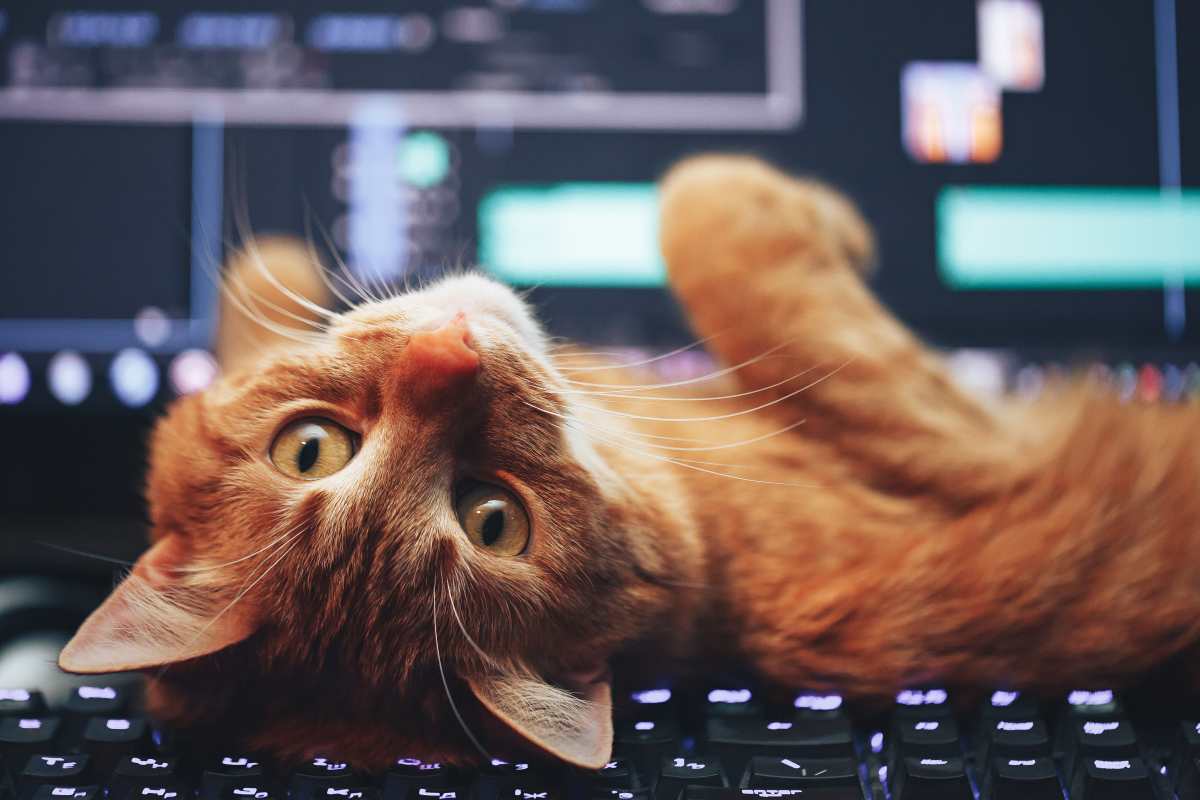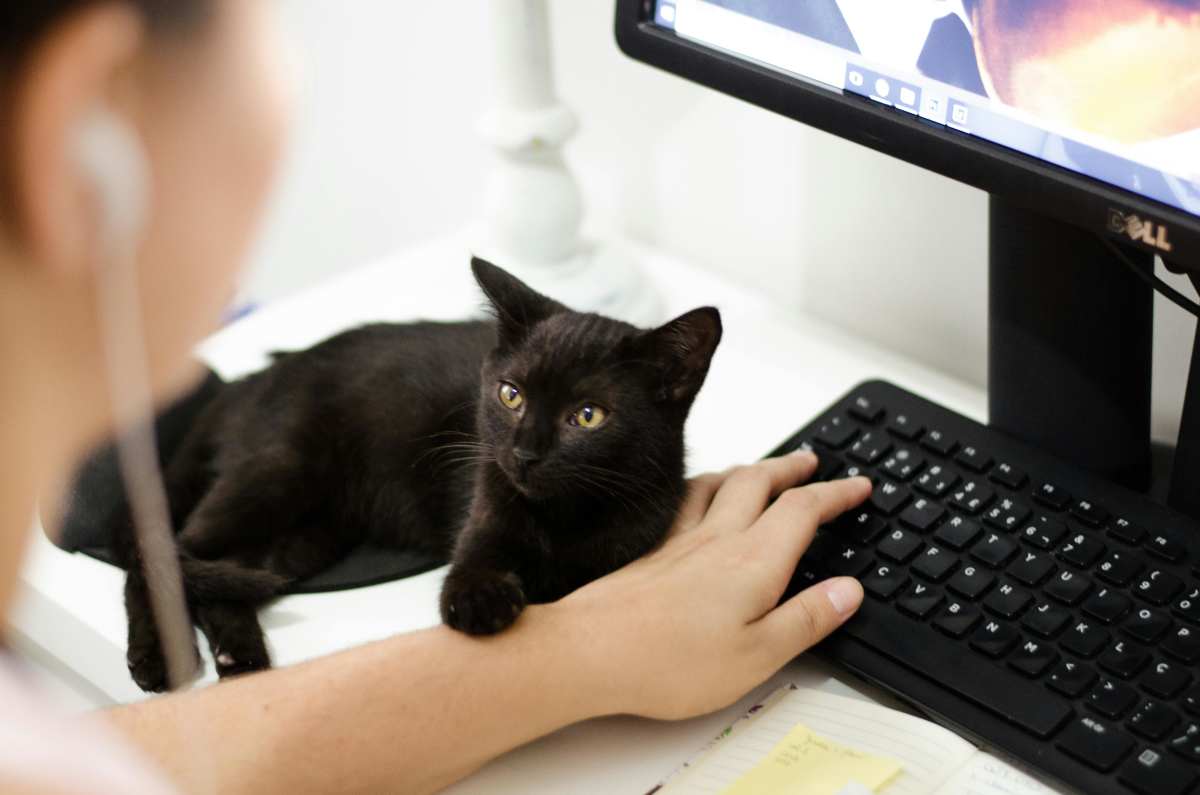Animal behaviorist outlines peculiar reasons your cat loves to sit on keyboard, other than its warmth

Every cat owner who works from home knows the scenario well. You settle down at your computer, fingers poised above the keys, and before long, a familiar furry face appears. Whether they’re curling up for warmth, seeking your attention, or just curious, cats have a special affinity for keyboards. Understanding why cats are drawn to this device can help you address the behavior gently and effectively. Below, we explore the reasons behind this common feline quirk and offer practical strategies to keep your furry friend off your workspace without causing frustration for either of you.

1. Appealing warmth
Keyboards often attract cats for several reasons. Firstly, they provide a warm surface. Keyboards tend to emit heat, which cats find irresistibly comforting. Even a gentle rise in temperature can make these areas particularly inviting for a quick rest. As Amy Shojai, CABC, founder and president emeritus of the Cat Writers’ Association, says, per DailyPaws, "Cats often feel attracted to the warmth of electronics and want to nap on a laptop. And if you hold the computer in your lap, your cat may believe (rightly!) that the lap belongs to Kitty!"

2. Seeking attention
Cats are social creatures that crave interaction. When you focus intently on your screen, your cat may feel ignored and jump onto your keyboard as an effective way to get noticed and engage with you. Shojai explains that cats sometimes “literally push your buttons” to grab attention or encourage a reaction.
3. Natural prey drive
Interestingly, a cat’s predatory instincts also play a role. The constant movement of fingers on keys can resemble the unpredictable motions of prey. Cats are hardwired to respond to movement, and a dancing set of fingers or a rapidly changing cursor on the screen may trigger their curiosity and hunting behaviors. For some cats, pressing keys or pawing at your keyboard can feel like a game, a way to “hunt” the moving targets right in front of them. Shojai points out that cats thrive on routine. When they notice you getting your coffee and starting your computer, they recognize the pattern and prepare to settle in themselves, joining you as you begin your work.

It might seem cute to have a cat sprawled across your keyboard, but this habit can cause several issues. Cats can accidentally press keys, delete files, or send incomplete messages, disrupting your workflow. Their fur can also accumulate between keys, affecting the keyboard’s performance and creating extra cleaning work. For sensitive devices, repeated pawing or shedding may even lead to long-term damage. If your cat often naps on the keyboard, it could lead to overheating or other technical issues. To keep your furry companion close without risking your computer, Shojai recommends using positive reinforcement and interactive strategies.

These techniques make it easier to implement solutions that satisfy your cat without compromising your work. To begin with, place a warm, soft bed or blanket near your desk. Having an appealing, comfortable spot close by gives your cat a suitable place to rest without interrupting your work. You can also give your cat some attention through play or petting before you start your tasks. Meeting their social needs ahead of time can reduce their urge to seek attention during busy periods.
Don't forget to keep your cat engaged with stimulating activities while you concentrate on work. Shojai suggests ideas such as a box filled with leaves or a bird feeder positioned by a window. Offering these distractions before you begin your tasks can help ensure your cat doesn’t associate keyboard lounging with getting a reward.
While cats sitting on keyboards can be a source of frustration, it’s also a reminder of the deep bond and companionship between you and your pet. They seek warmth, comfort, and social connection in familiar places, and your workspace happens to be one of them. By understanding their motivations and providing alternatives, you can create a harmonious environment that supports both your productivity and your cat’s needs.